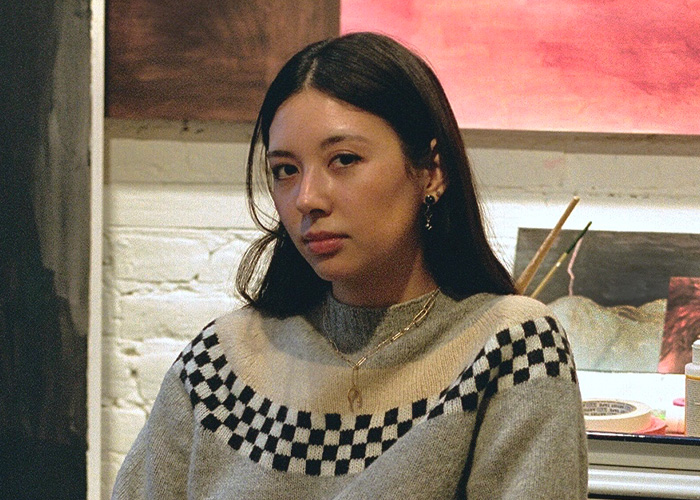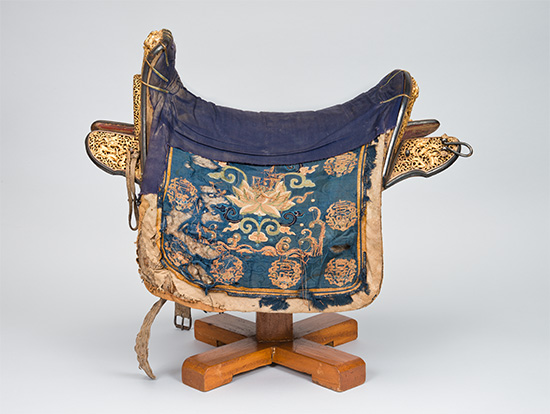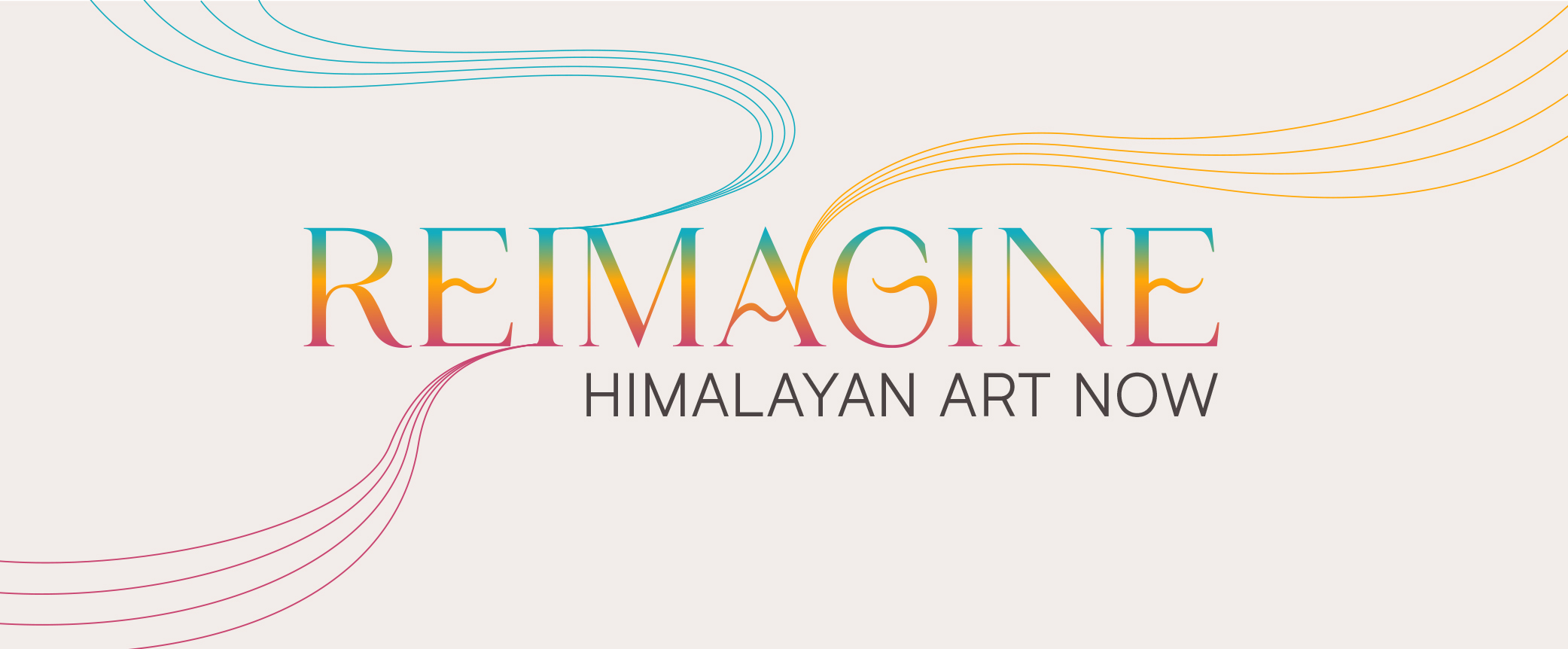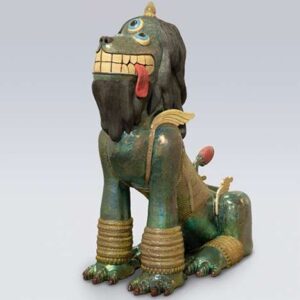
Losel Yauch
Reimagine: Himalayan Art Now
March 15–October 6, 2024

LISTEN TO THE ARTIST
ABOUT THE ARTIST
Losel Yauch (she/her)
b. 1998, New York, NY; lives and works in New York, NY
A third-generation member of the Tibetan diaspora community, Losel Yauch uses tapestry and sculpture to celebrate and highlight fragments of Tibetan culture and iconography. Many of the recurring symbols include Tibetan Buddhist iconography as well as imagery based on stories her grandfather told about growing up in Kham, an eastern region of Tibet.
The artist’s Procession Immemorial explores her relationship to her cultural heritage as an outsider to Tibet. Having grown up in New York, her vantage point is many times removed, and she conveys a sense of mourning about what has been sacrificed and forgotten, as the Tibet of her grandfather’s memory no longer exists.
She moved to London to complete her BA at Central Saint Martins where she received the NewFutures Graduate Art Prize and the Central Saint Martins Dean’s Award upon graduating in 2022. Losel Lauch’s work was recently named a finalist for the Ingram Prize and her most recent exhibitions include her solo show with Incubator in London (October 2022) and group shows in Cromwell Place in London (November 2023), La Loma in Los Angeles (June 2023), and NADA in Miami (December 2023).
loselyauch.com / @lozelophone
ABOUT THE ARTWORK IN REIMAGINE

In Procession Immemorial, Losel Yauch creates a riderless cavalry. The installation presents visitors with a procession of silk-clad horses, suspended in time as well as space, standing in wait to march on an endless journey. On looms she built herself, the artist created the armor from recycled sari silk, while the horses are made of willow branches. She wove depictions of her grandfather’s memories and stories of Tibet, conveying the poignancy of the many sacrifices made to protect the sacred and preserve freedom. The inclusion of saddles was inspired by the Rubin’s Tibetan saddle.
RELATED RUBIN OBJECT

This object from the Rubin Museum’s collection is presented in the Reimagine exhibition in dialogue with Procession Immemorial, inviting new ways of encountering traditional Himalayan art.


